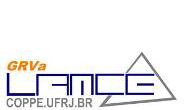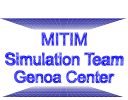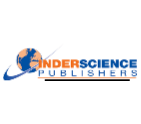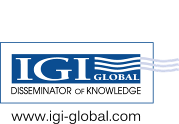FOODOPS 2015 Proceeding
Reaction engineering methodology as an effective approach to model drying, baking and water vapor sorption processes
Authors: Aditya Putranto, Xiao Dong Chen, Ruben Mercadé-Prieto
Abstract
An effective model of simultaneous heat and mass transfer processes is useful to assist in process design, optimization of existing processes and monitoring product quality. Previously, the lumped reaction engineering approach (L-REA) has been shown to model the global drying rate of several heat and mass transfer processes very well. Here, the REA framework is implemented to model the local evaporation/condensation rate in drying of non-food materials, baking and water vapor sorption. The REA is combined with a set of equations of conservation of heat and mass transfer to yield the S-REA (spatial reaction engineering approach) to model these processes. For modeling each process, the activation energy is generated from one accurate run and evaluated according to environmental temperature and humidity. The relative activation energy implemented in the L- REA is implemented in the S-REA by applying local variables. The results indicate that the S-REA is accurate to describe baking, drying and water vapor sorption process, which shows the applicability of the REA to model the local evaporation/condensation rate of these processes. The S-REA is readily implemented to assist in process design, evaluation of existing processes and maintenance of product quality. In near future, by coupling with solid mechanics, the REA may be employed to predict material deformation and shape change during heat and mass transfer processes by coupling with solid mechanics. The development of the REA to describe migration of volatiles inside materials undergoing heat and mass transfer processes is also underway.
 2015
2015








































